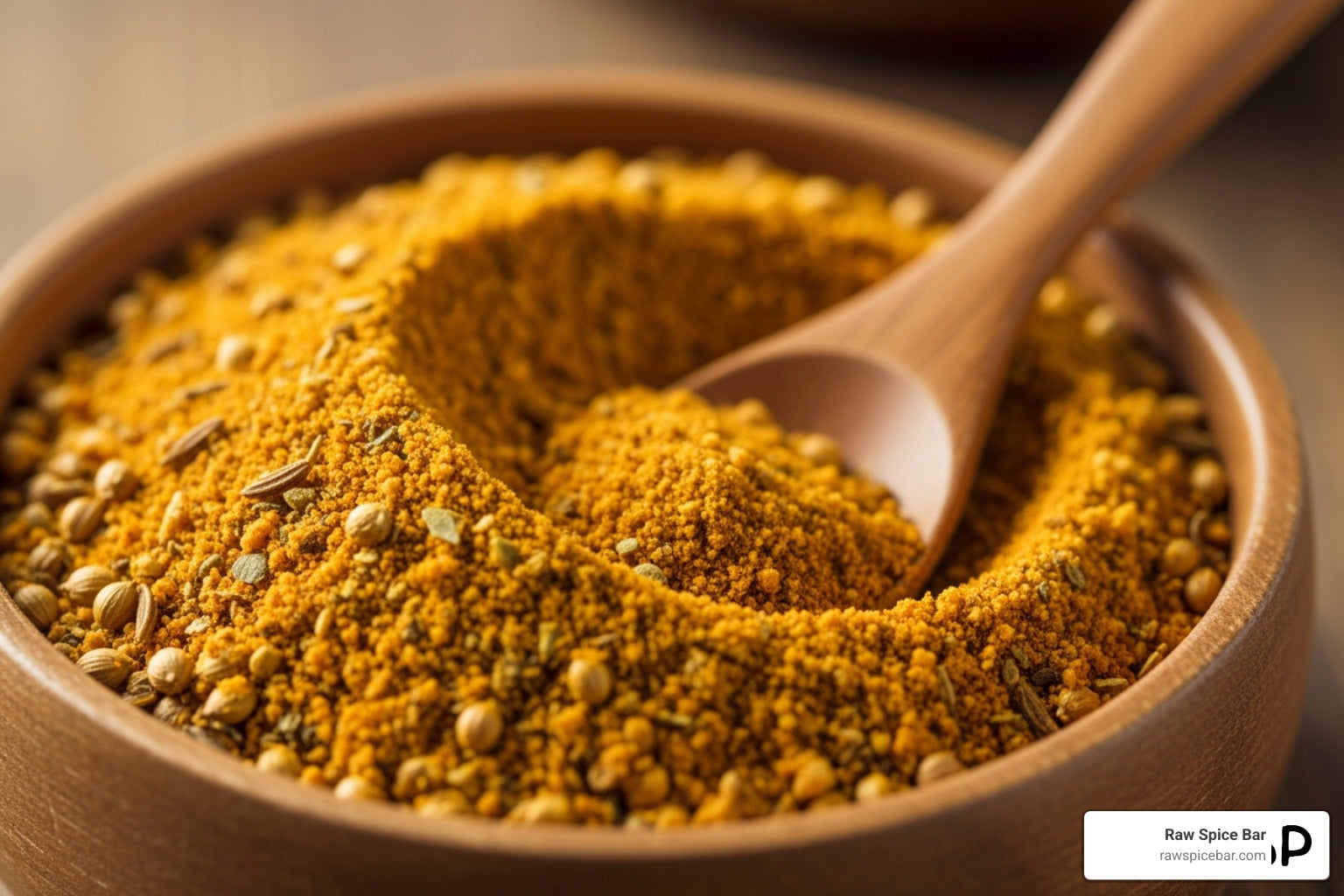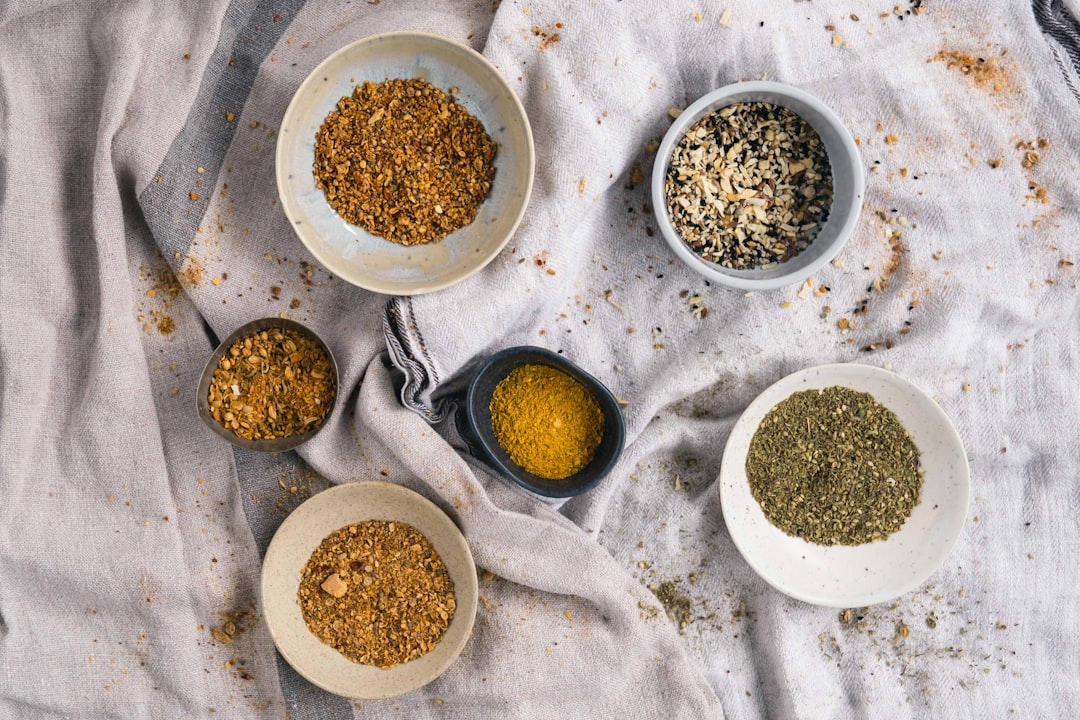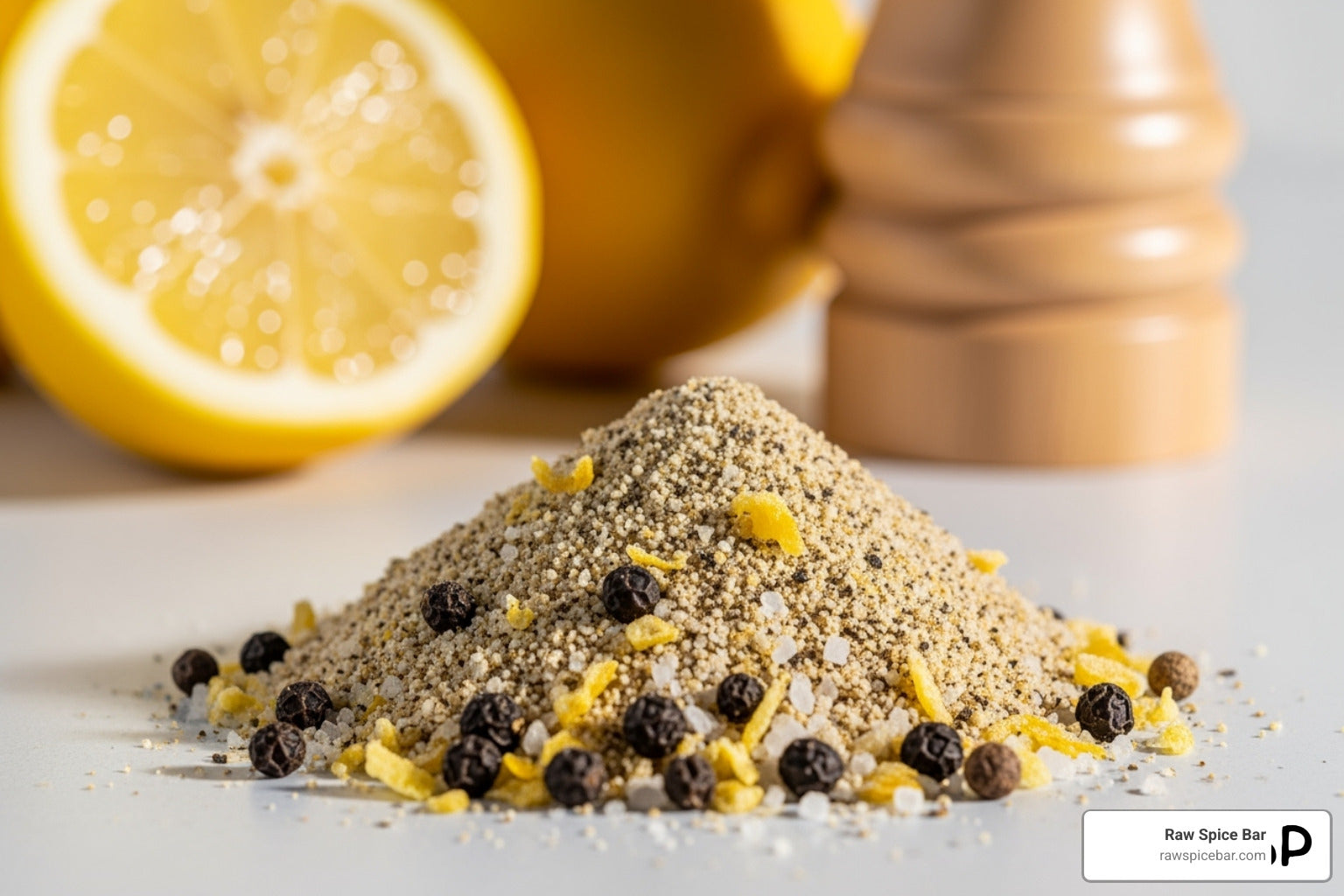Cumin, a celebrated spice in the culinary world, presents itself in two primary forms: ground cumin and cumin powder. This comprehensive article explores the nuances between these two, covering aspects from their origins to their uses in cooking.
We will navigate the distinct characteristics of ground cumin vs cumin powder and cumin powder vs. ground cumin to ensure you make an informed choice in your culinary ventures.
Cumin's Origin and Cultural Significance
Cumin's journey begins in the Mediterranean and Middle Eastern regions, where it's been a culinary and medicinal cornerstone for centuries. It's renowned for its unique flavor profile, nutritional value, and health benefits.
Ground Cumin: The Traditionalist's Choice
Roasting cumin seeds, make ground cumin before grinding them. This process, key in the ground cumin seed vs. cumin powder debate, brings out a depth of flavor characterized by a warm, earthy, and slightly bitter taste with citrus undertones.
Culinary Uses of Ground Cumin
- Spice Blends: Integral in garam masala, chili powder, and other spice mixes, ground cumin adds complexity to these blends.
- Marinades and Rubs: Its robust flavor makes it perfect for meat and vegetable marinades.
- Traditional Dishes: Essential in Indian dal, Middle Eastern hummus, and Mexican chili con carne.
Health Benefits
Ground cumin is a rich source of iron, magnesium, and calcium. It's been used in traditional medicine to aid digestion, alleviate bloating, and even as an anti-inflammatory agent.
Cumin Powder: The Modern Cook's Ally
Cumin powder, often just finely ground cumin seeds without roasting, offers a milder, more consistent flavor. This makes it a versatile choice in the kitchen, suitable for various dishes.
Versatility in Cooking
- Smooth Preparations: Ideal for soups, stews, and curries where a fine, even texture is desired.
- Baking and Roasting: Adds a warm, earthy flavor to bread, crackers, and vegetable roasts.
Shelf Life and Storage
Cumin powder has a longer shelf life than whole seeds, retaining its flavor for several months if stored properly in a cool, dark place.
Ground Cumin vs Cumin Powder: A Comprehensive Comparison
- Appearance and Texture: Ground cumin offers a coarser, more textured feel, whereas cumin powder is fine and homogeneous.
- Flavor and Aroma: Roasted cumin powder vs ground cumin shows a distinct difference - the former has a more intense, nuttier aroma and flavor.
- Culinary Adaptability: Ground cumin is ideal for recipes with a potent flavor, while cumin powder is better for dishes with a subtle cumin touch.
Cooking with Ground Cumin and Cumin Powder: Tips and Tricks
- Enhancing Flavors: Toast ground cumin to unlock its aromatic oils and intensify its taste.
- Creating Balance: Combine cumin powder with other spices like coriander and chili for harmonious blends.
- Storage Solutions: To preserve their flavors, keep both forms in airtight containers in a cool, dark place.
Ground Cumin and Cumin Powder in World Cuisines
Both forms of cumin play pivotal roles in various cuisines around the globe. From the spicy gravies of Indian cuisine to the rich stews of Middle Eastern dishes and the vibrant flavors of Mexican cooking, cumin adds depth and warmth to countless recipes.
Conclusion
Deciding between ground and cumin powder hinges on personal preference and recipe requirements. Ground cumin brings a more intense, earthy flavor, ideal for recipes where cumin's presence should be prominent. Cumin powder, meanwhile, is suited for dishes where a more blended, subtle flavor is desired.
Both forms are indispensable in the kitchen, offering unique qualities to enhance various dishes. Experimenting with both will enrich your culinary repertoire, allowing you to appreciate cumin's full flavors.




